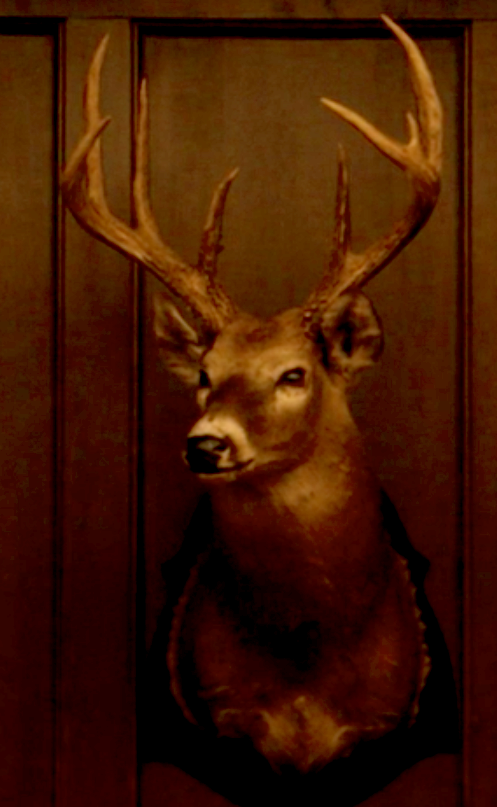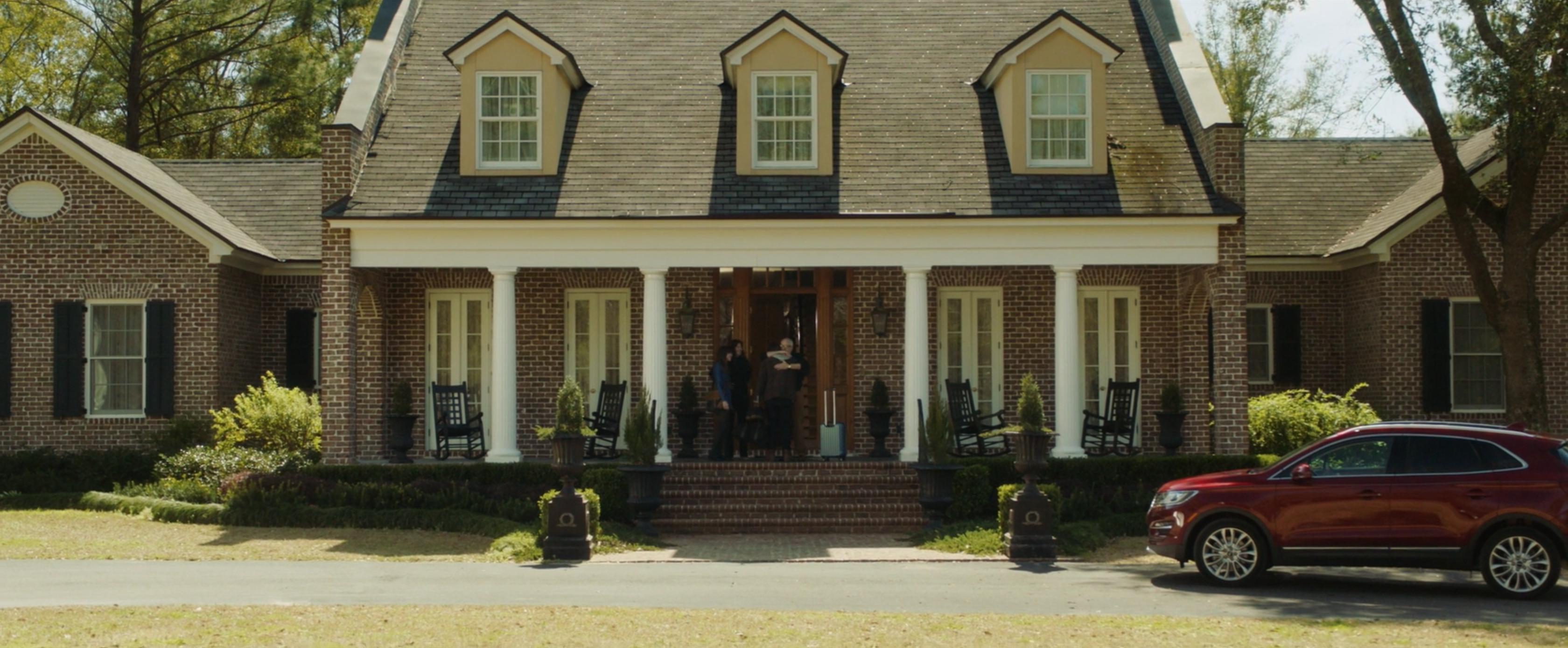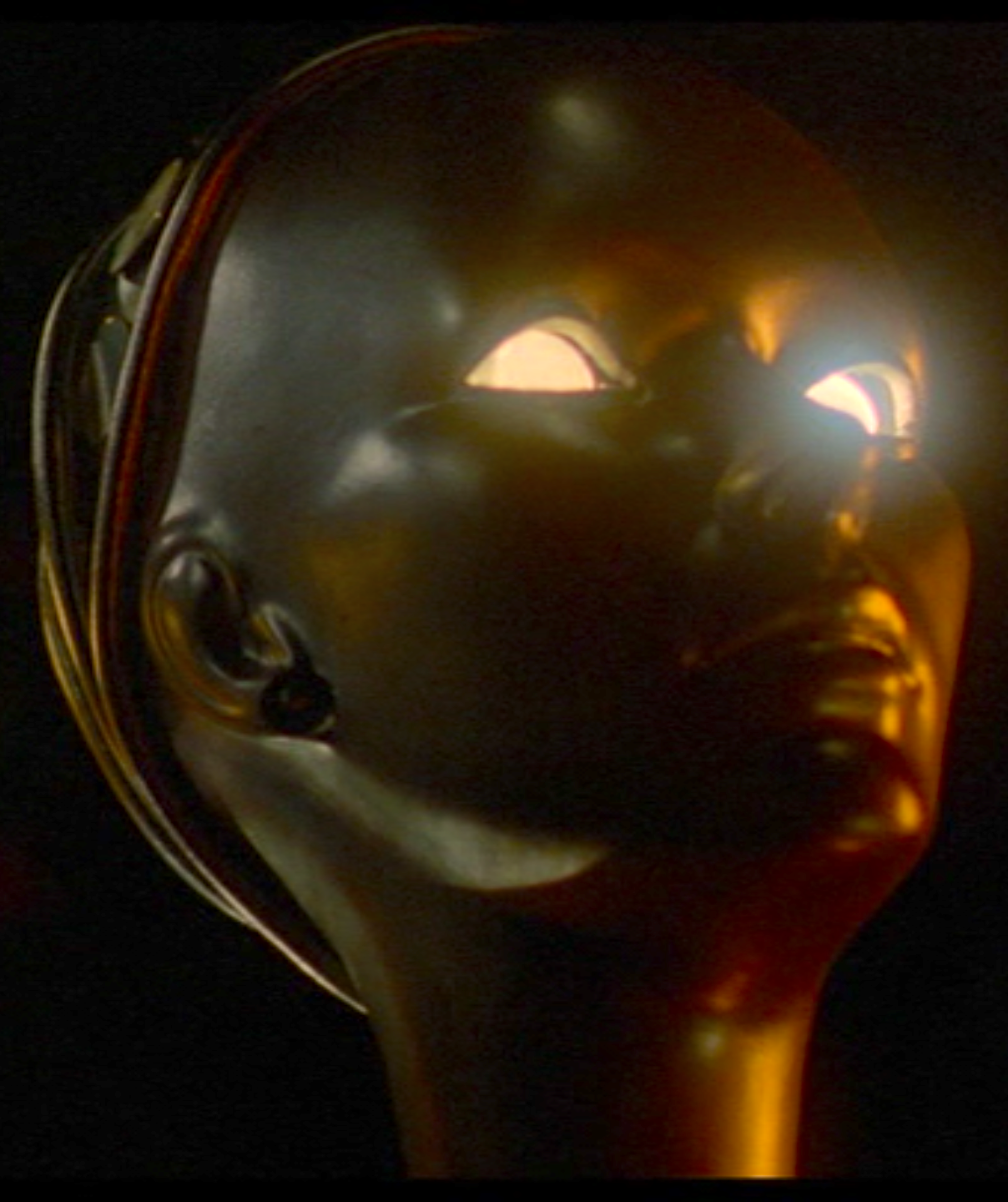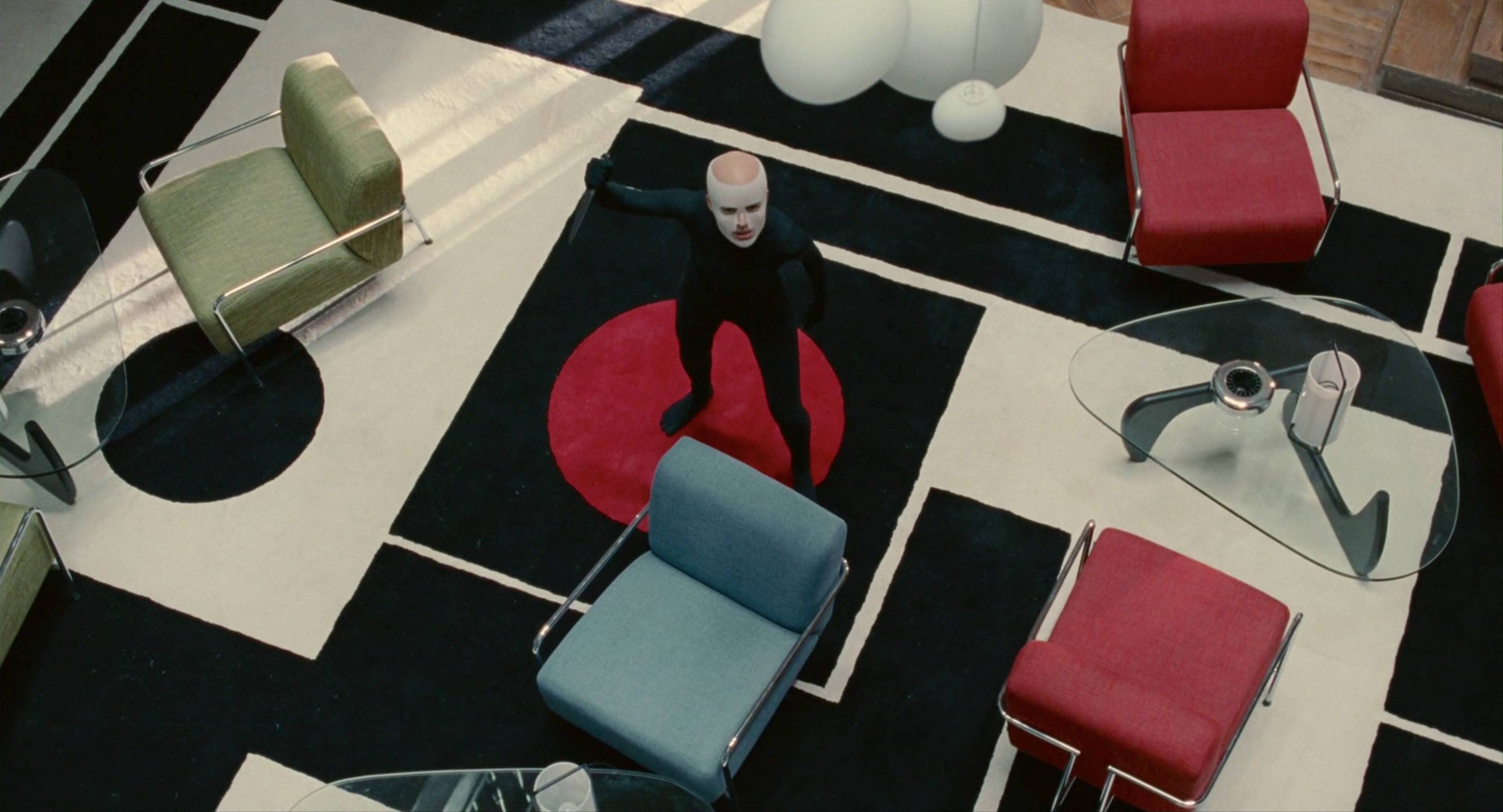The Furniture: Get Out's Beige House of Colonial Horrors
 Monday, May 29, 2017 at 4:10PM
Monday, May 29, 2017 at 4:10PM  "The Furniture" is our weekly series on Production Design. You can click on the images to see them in magnified detail.
"The Furniture" is our weekly series on Production Design. You can click on the images to see them in magnified detail.
Get Out is both horror and comedy, an allegory that doesn’t reduce its own impact by getting too granular about its message. It is a success of both subtlety and its opposites. This balance not only characterizes Jordan Peele’s script, but the whole craft of the film. The design is both vague and specific, pointed parody without a precise key.
It ostensibly takes place somewhere within driving distance of New York City, at the remote family manse to which Rose (Alison Williams) has lured Chris (Daniel Kaluuya). But there’s nothing quite that specific about this nightmare.
For starters, it’s not really clear where this actually is.
The initial drive passes down an empty road through an endless forest, a journey into the enlightening mysteries of the Twilight Zone. The house and grounds look like Westchester possessed by Alabama, which is where the film was actually shot...









